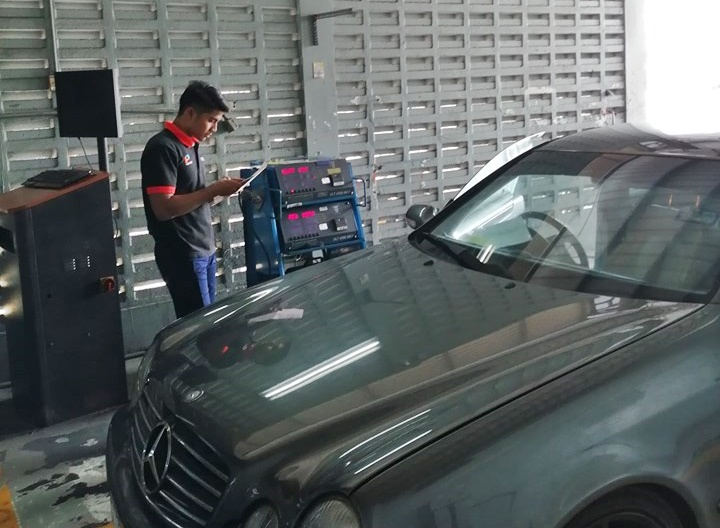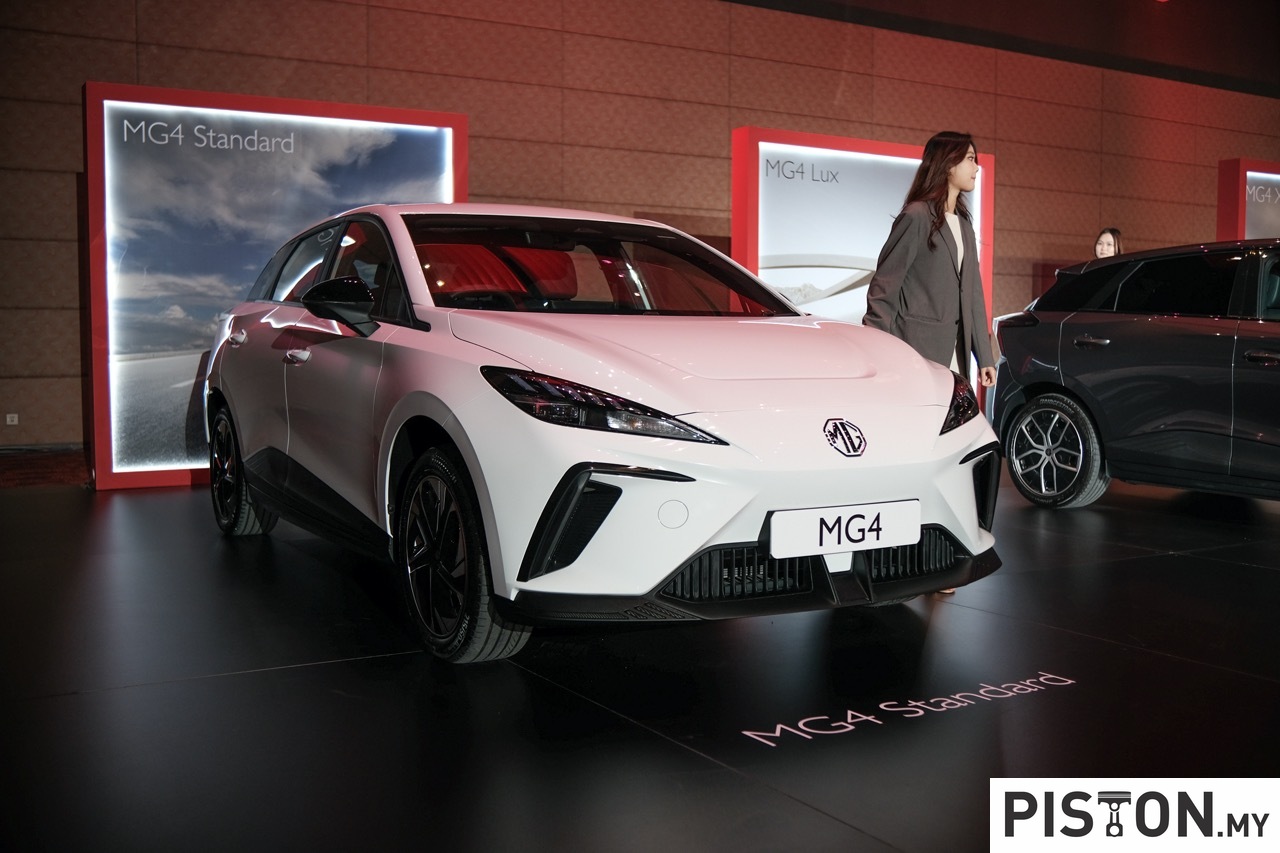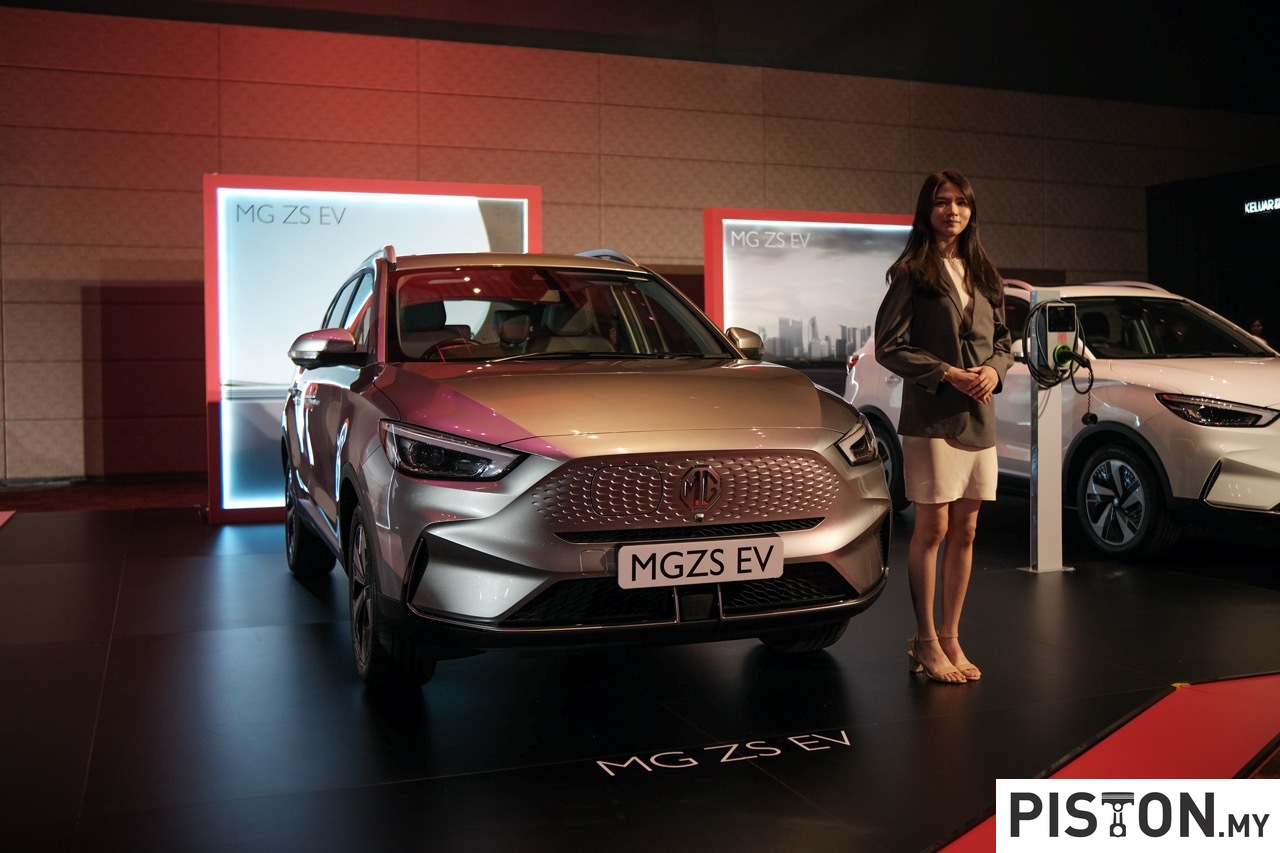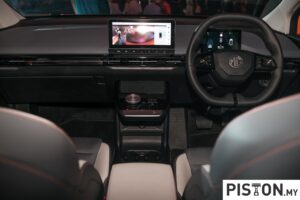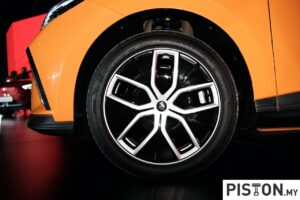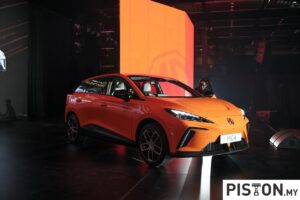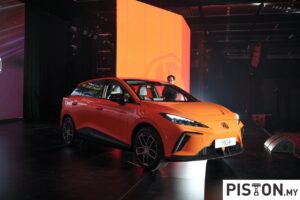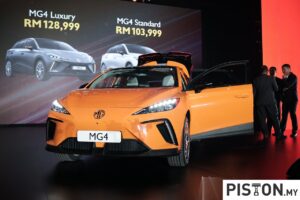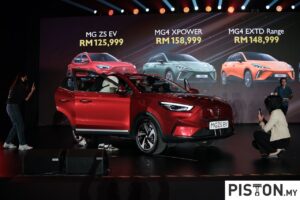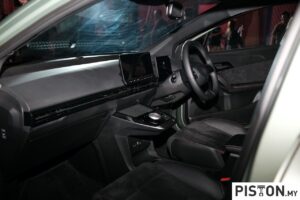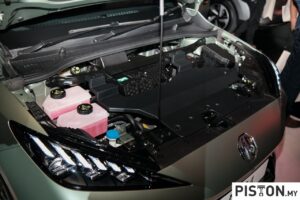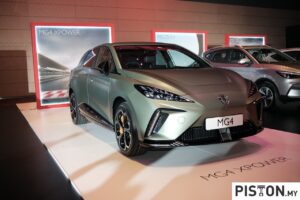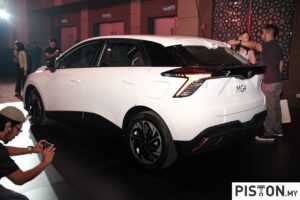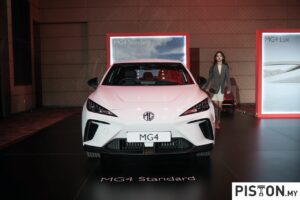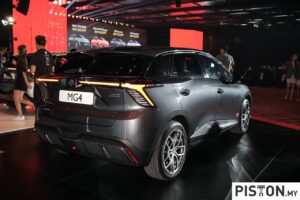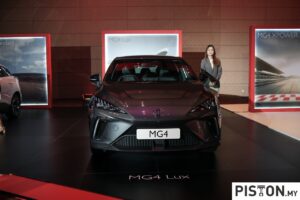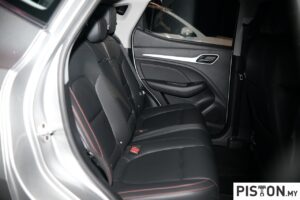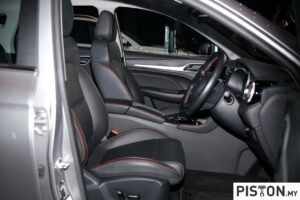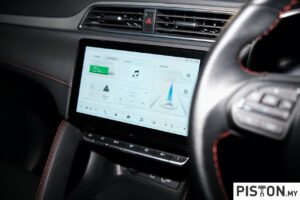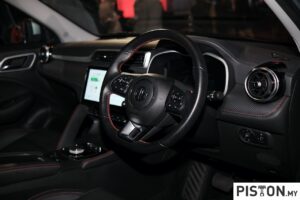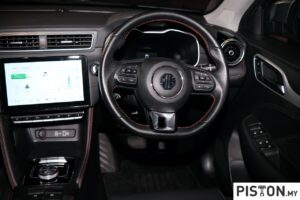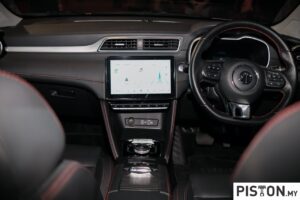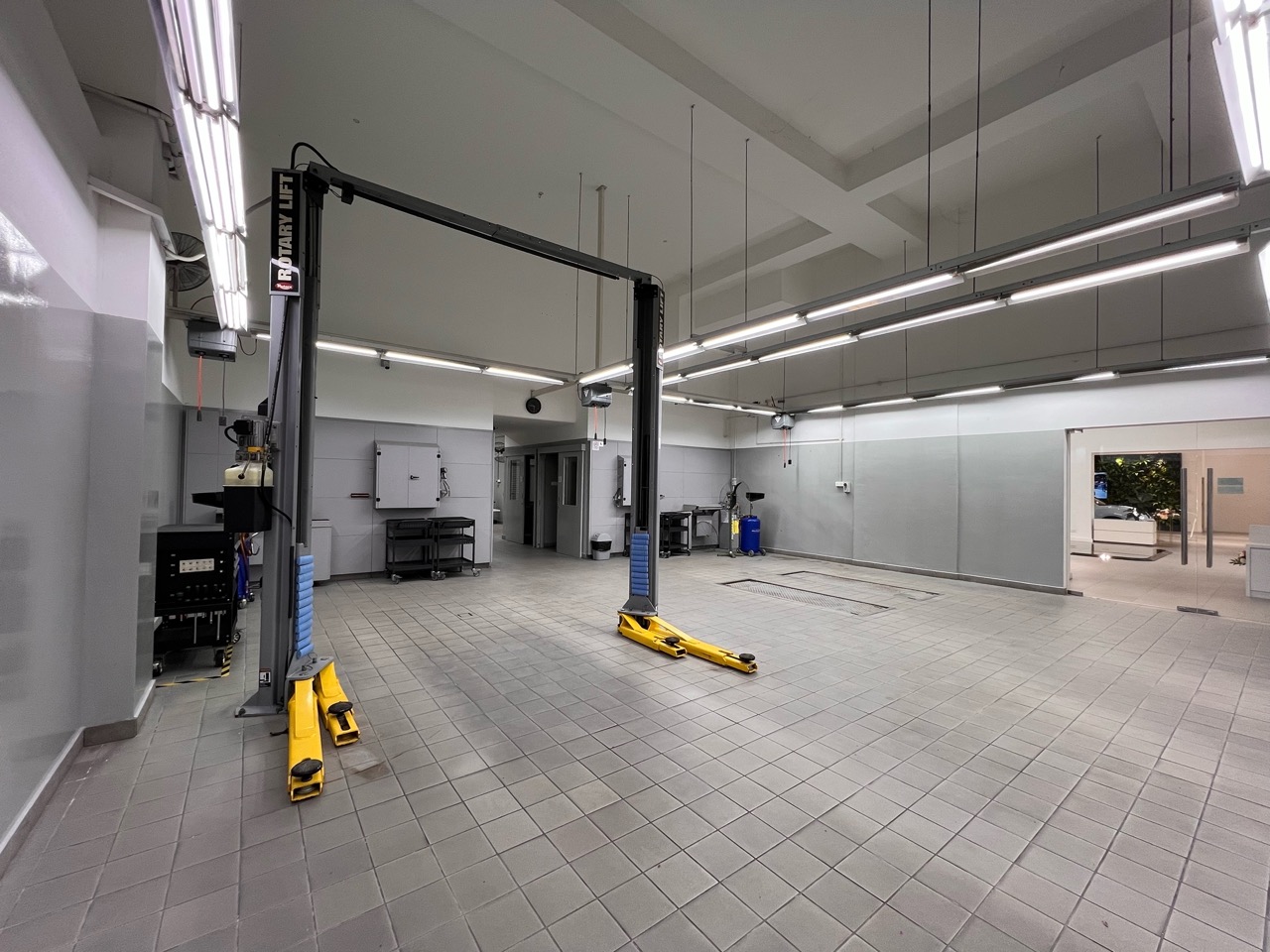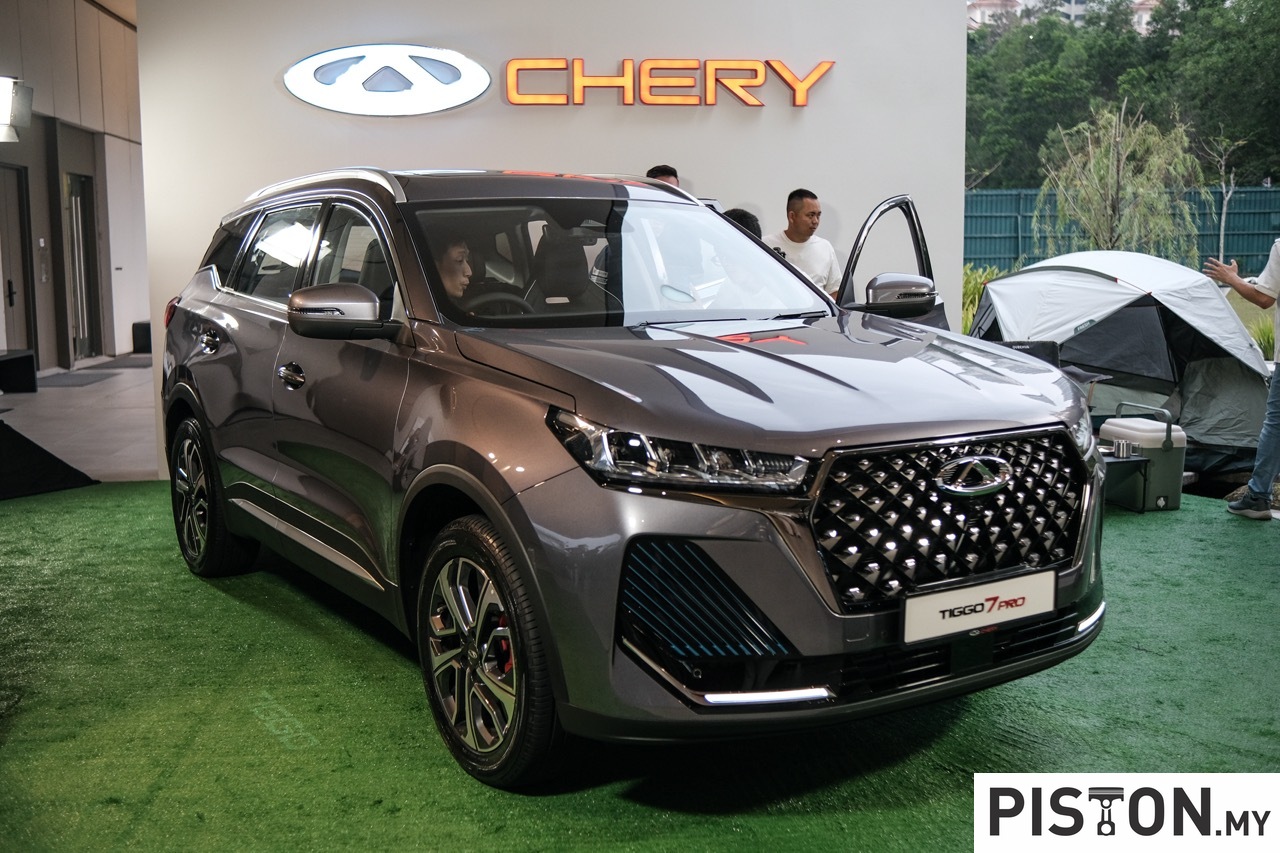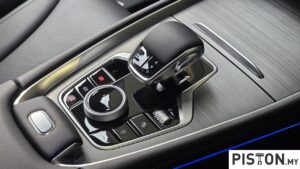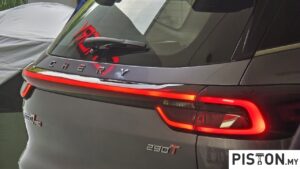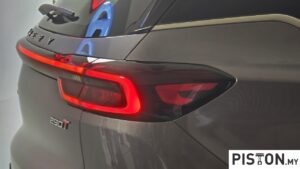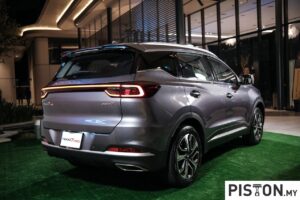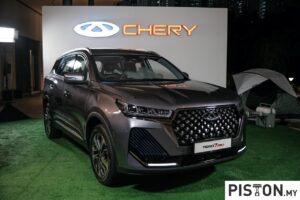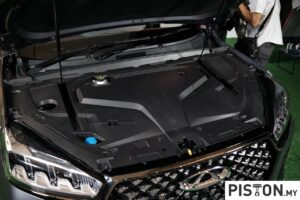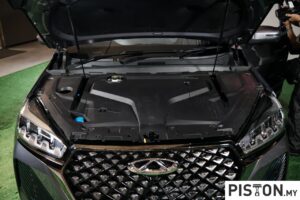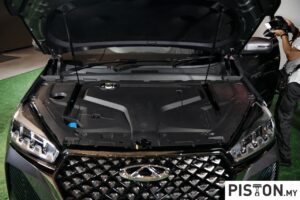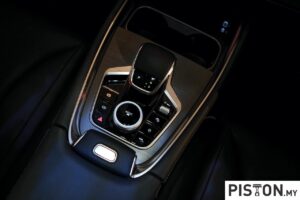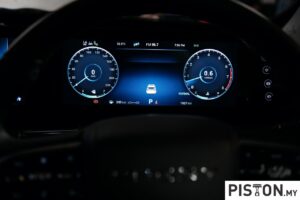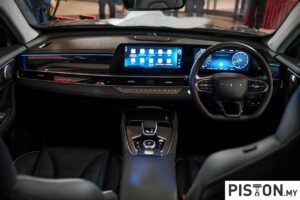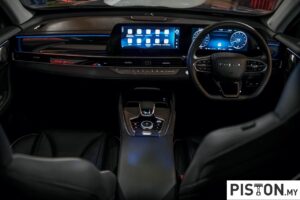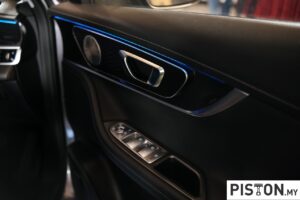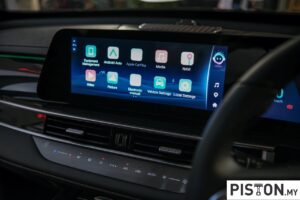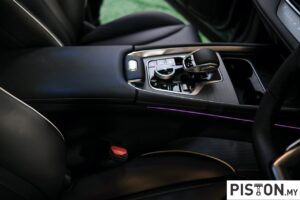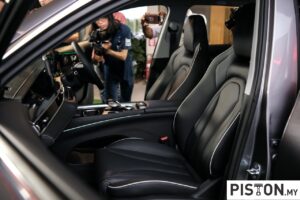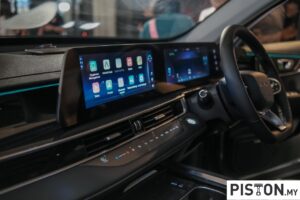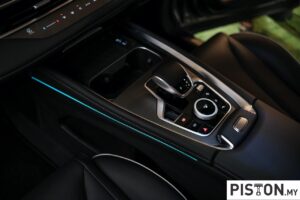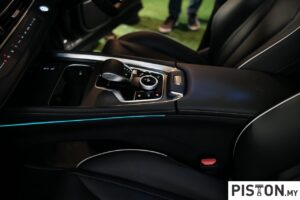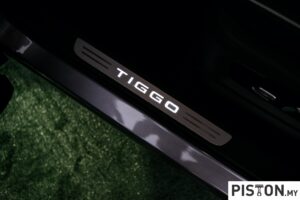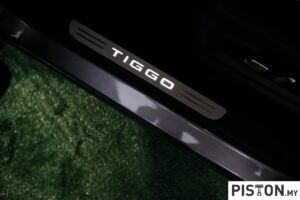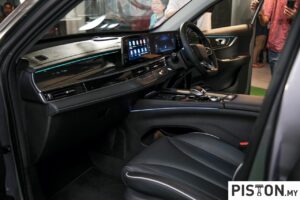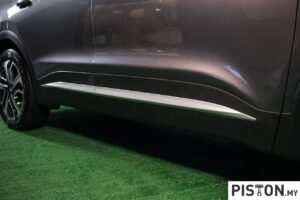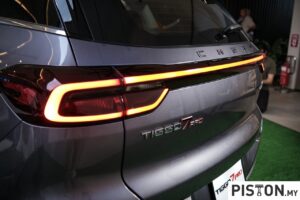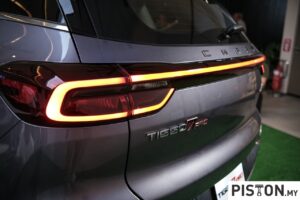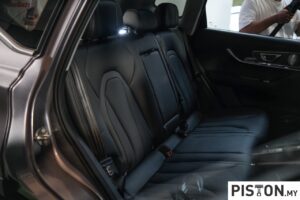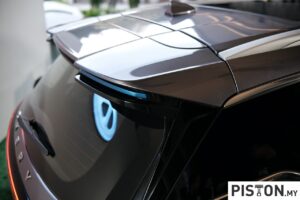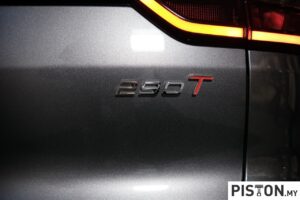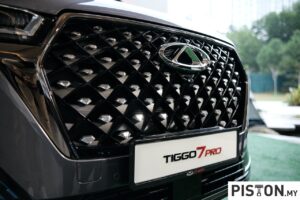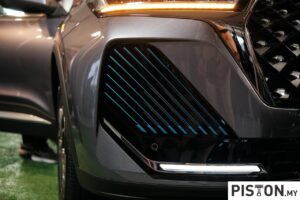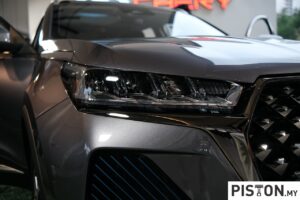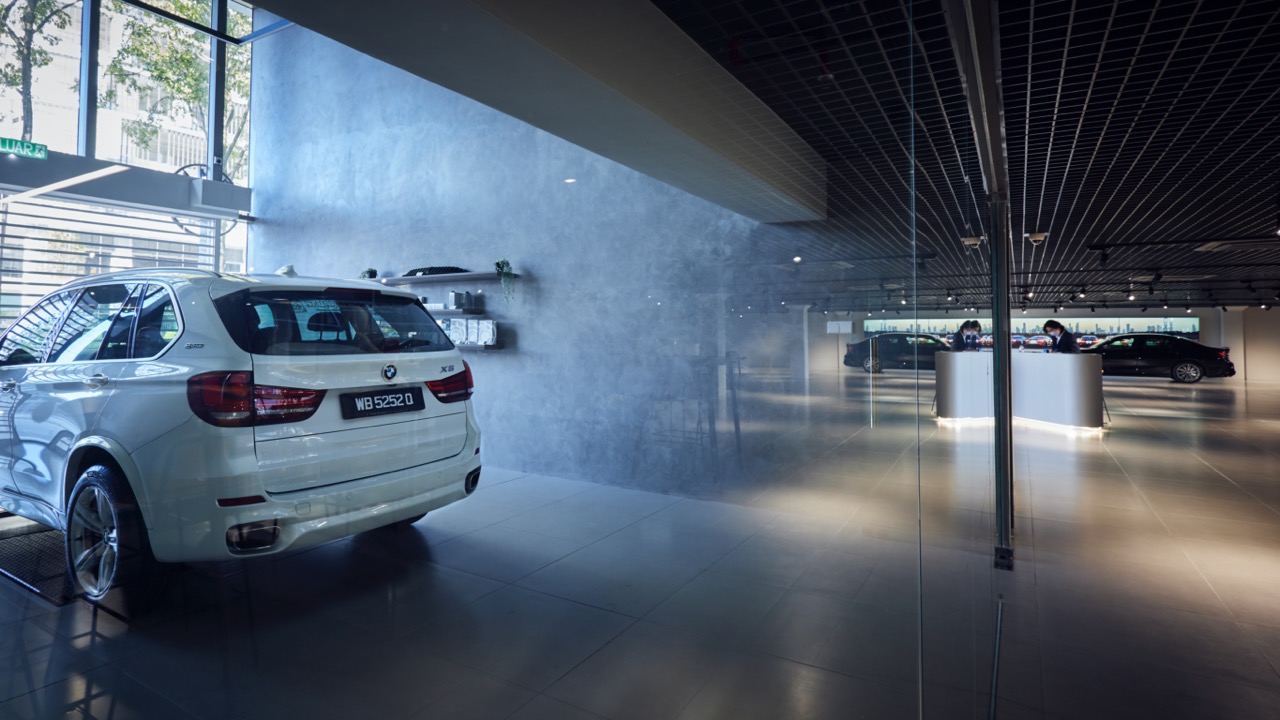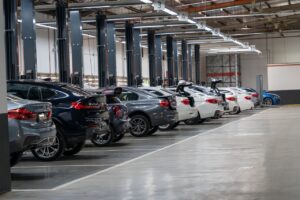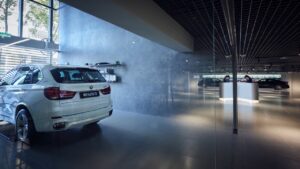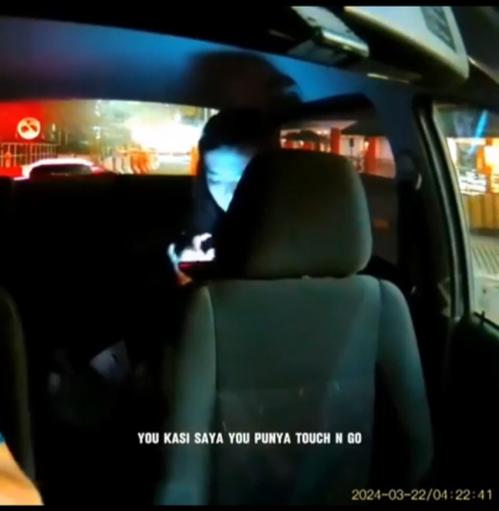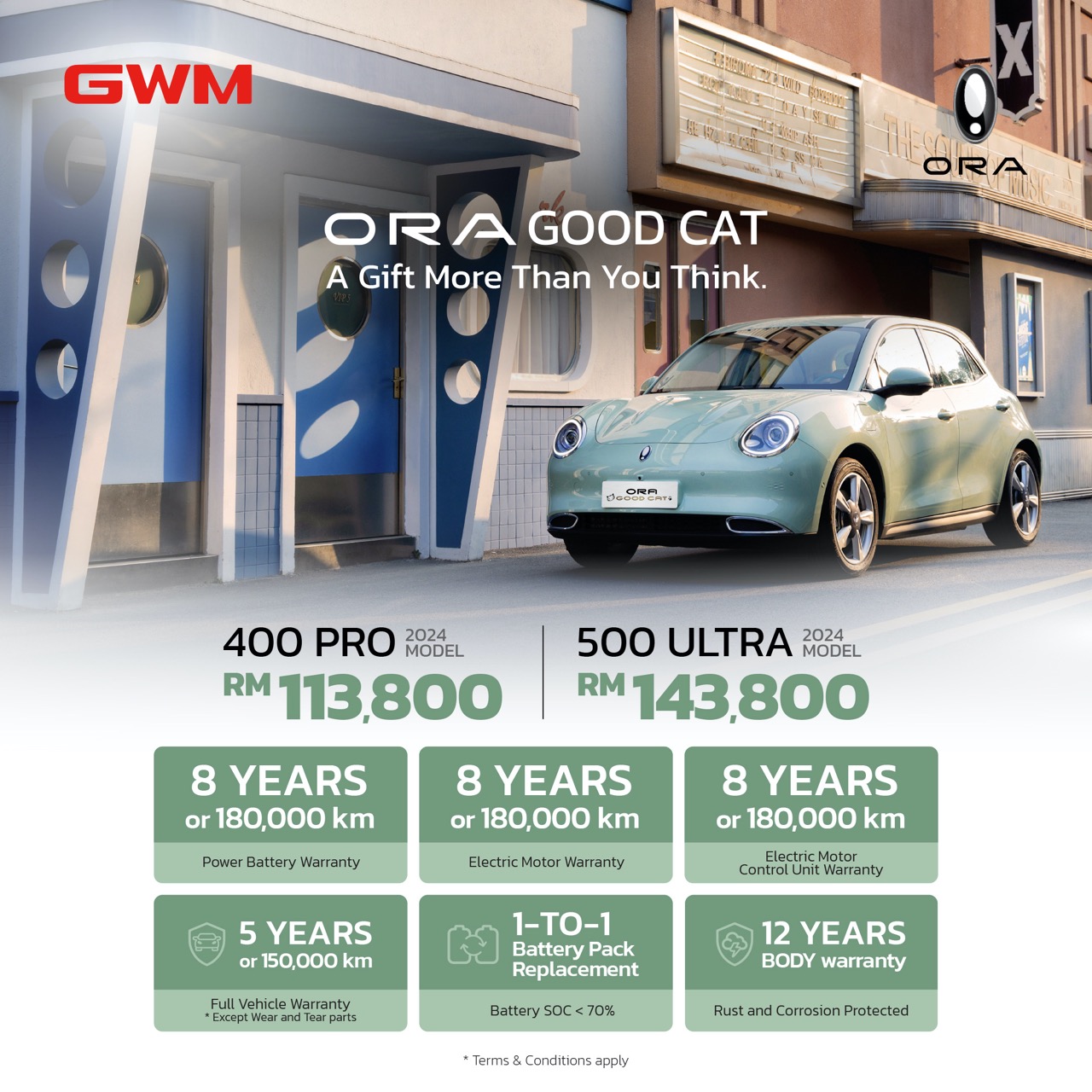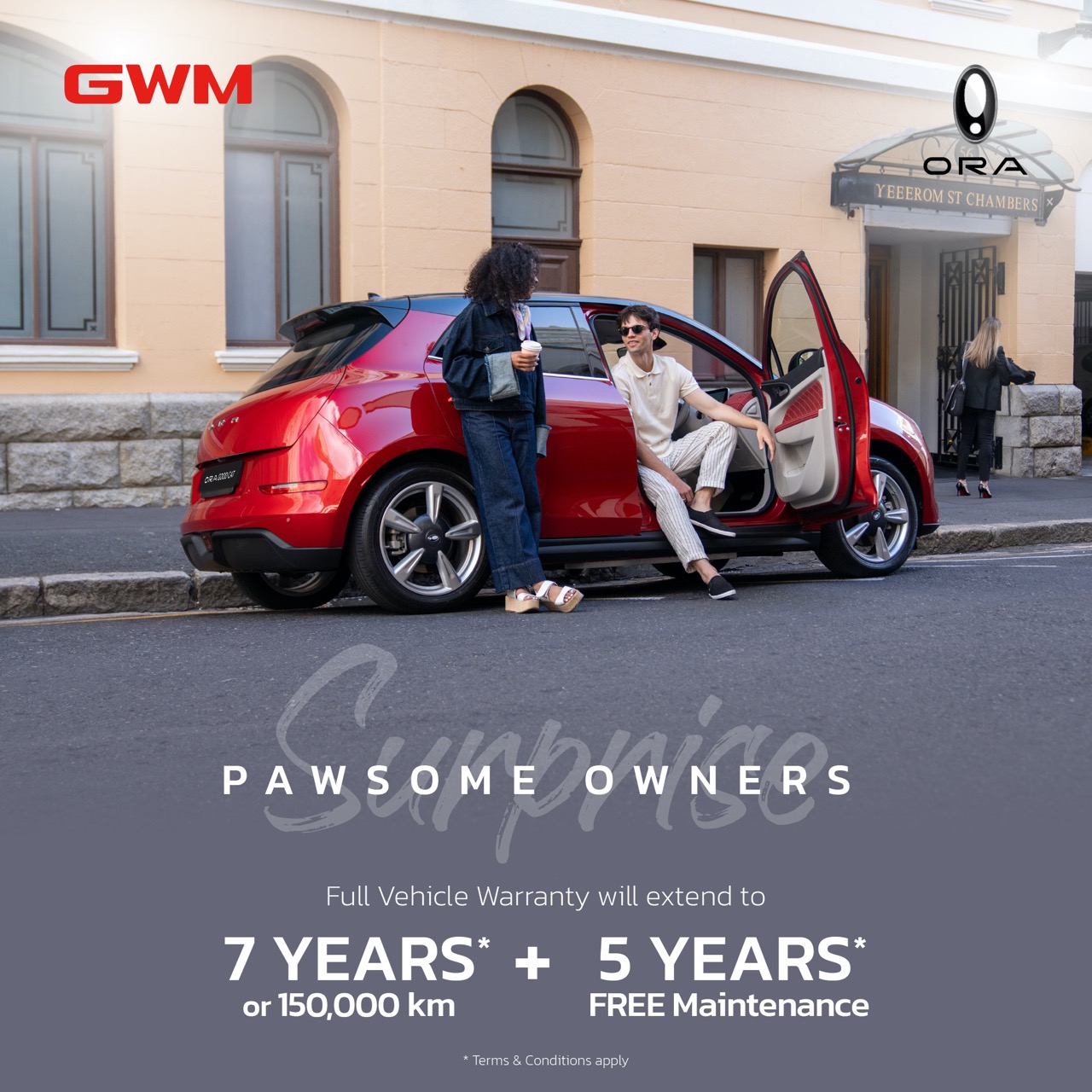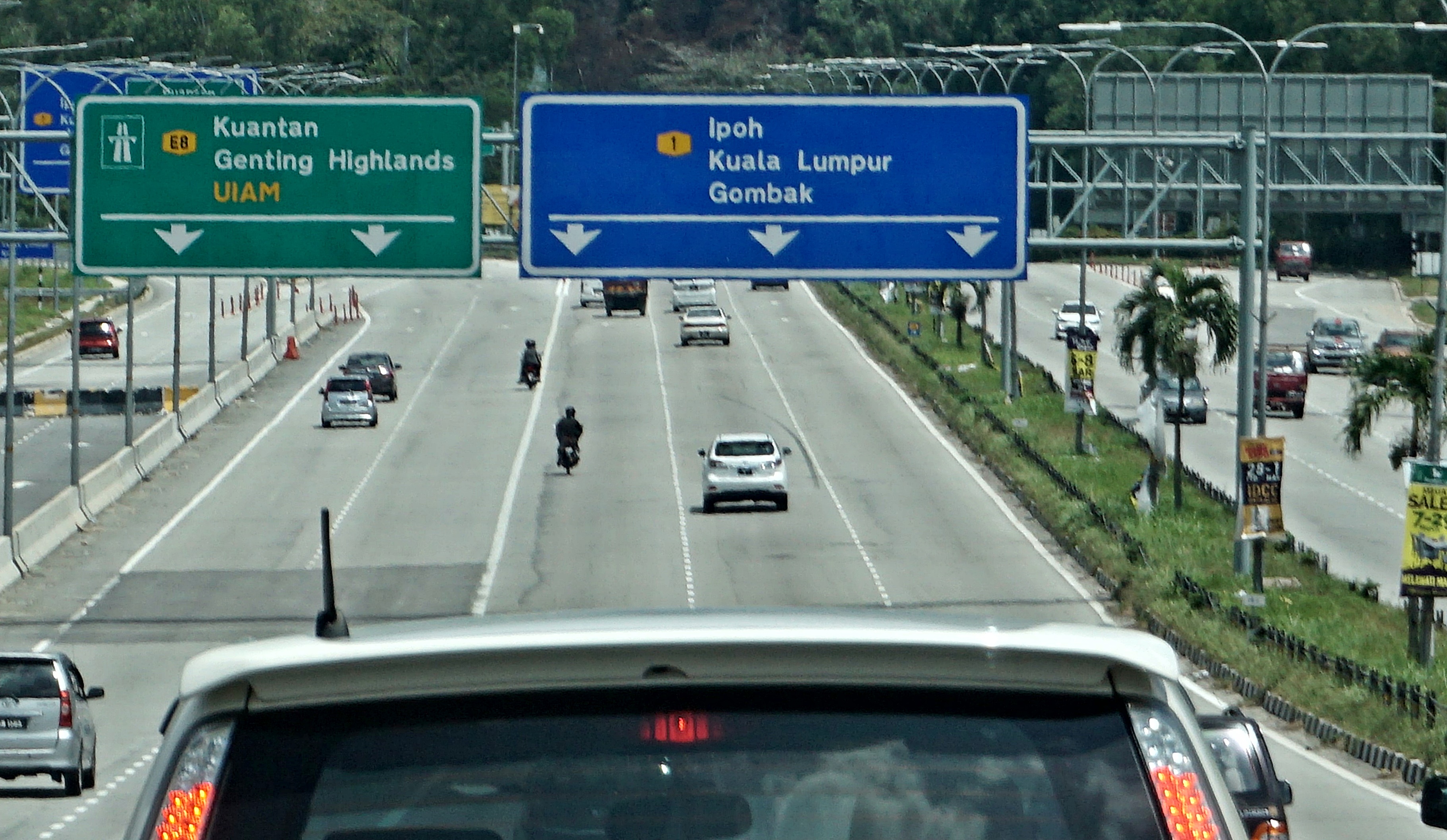Chery Malaysia has previewed their second model to be introduced in Malaysia this year, the Chery Tiggo 7 Pro.
Chery Malaysia is set for an exciting year, after successfully launching Chery’s first electric vehicle, the Omoda E5 earlier this month. Today, the Chinese automotive brand is previewing the highly anticipated, Tiggo 7 Pro to members of the media and dealer-partners.
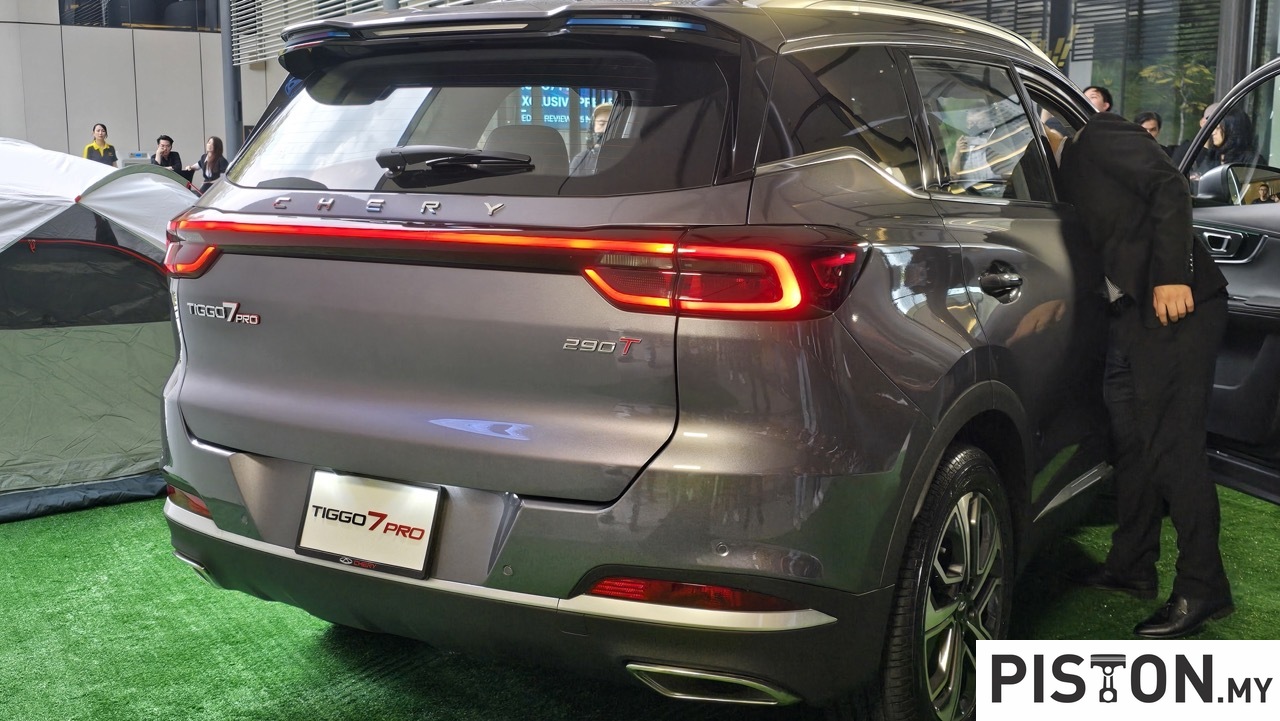
The Tiggo 7 Pro will be offered alongside the larger Tiggo 8 Pro in Malaysia, expanding Chery’s Tiggo family lineup.
The Tiggo 7 Pro boasts a robust 1.6L Turbocharged engine, generating 197HP and 290Nm of torque, paired perfectly with a 7-speed Dual Clutch Transmission (DCT), this combination ensures seamless power delivery and exceptional efficiency, all while maintaining competitive fuel consumption at 7.0L/100km. It also features 18-inch Parametric wheels.

The Tiggo 7 Pro comes equipped with a Panoramic Sunroof, adding a touch of fun and functionality to your driving experience. With the touch of a button, you can open the sunroof to let in fresh air and natural light, enhancing your overall comfort and enjoyment on the road. Whether you’re cruising through the city or embarking on a weekend getaway, the sunroof provides a wide view of the sky, creating a sense of spaciousness within the cabin.
Setting itself apart from the traditional infotainment systems, the Tiggo 7 Pro comes with a sleek 24.6” Integrated Dual Screen. This innovative design combines two screens into one seamless display, providing a modern and sophisticated look to the car’s interior. With the availability of the Wireless Apple CarPlay and Android Auto in the Tiggo 7 Pro, it allows drivers to seamlessly integrate their compatible smartphones with the car’s infotainment system without the need for a physical connection. This feature enables access to various apps, navigation, music, and other functions directly from the car’s display.

By eliminating the need for cables, it provides a more convenient and clutter-free experience, enhancing driver convenience and safety.
The Tiggo 7 Pro ensures your phone is quickly charged with its in-car wireless 50W charger, featuring an active cooling system that effectively reduces the phone’s temperature during the wireless charging process.

Experience never-ending drives filled with music in the Tiggo 7 Pro, equipped with the premium Sony Audio System. With its beautiful sound quality delivered through 8 speakers, every journey becomes immersive and enjoyable for all passengers. The interior ambient of the Tiggo 7 Pro can be uniquely tailored with a palette of 64 colours, enhancing its already elegant design.
Safety is a top priority for the Tiggo 7 Pro which is equipped with the latest generation of the Advanced Driver Assistance System 2.5 (ADAS 2.5) system.

The 16 ADAS 2.5 Functions Featured in the Tiggo 7 Pro are Front Collision Warning (FCW), Adaptive Cruise Control (ACC), Multi Collision Brake (MCB), Door Open Warning (DOW), Integrated Cruise Assist (ICA), Rear Collision Warning (RCW), Lane Departure Prevention (LDP), Blind-spot Detection (BSD), Autonomous Emergency Braking (AEB), Lane Departure Warning (LDW), Traffic Jam Assistant (TJA), Rear Cross Traffic Braking (RCTB), Rear Cross Traffic Alert (RCTA), Lane Change Assist (LCA), Lane Departure Reminder (LDR), Emergency Lane Keeping (ELK).
Ideal for road trips and outdoor adventures, the Tiggo 7 Pro is designed with high-quality leatherette upholstery on all seats, offering a luxurious feel that’s also easy to maintain. The front seats provide additional comfort with their ventilation feature.

With a length of 4513mm and a wheelbase of 2670mm, it provides ample space for passengers and cargo alike. The generous 475L – 1672L boot capacity ensures you have plenty of room for all your belongings. Standing at a height of 1696mm with a ground clearance of 175mm, and a width of 1862mm. For reference, the Tiggo 8 Pro has a length of 4722 mm a width of 1860 mm, and a wheelbase of 2710 mm.
The Chery Tiggo 7 Pro will be offered in four colours; Bloodstone Red with Black Roof, Carbon Black, Vanilla Blue and Khaki White with Black Roof with an estimated price of RM130,000.

Starting today (25 March), customers can order the Tiggo 7 Pro, with the SUV available for viewing at all Chery showrooms nationwide from April 2024 onwards. Customers can look forward to receiving their new Tiggo 7 Pro by the end of May 2024.




